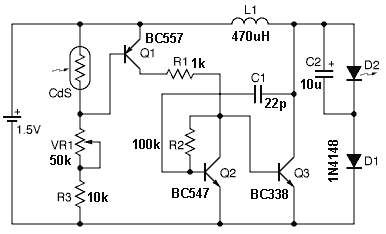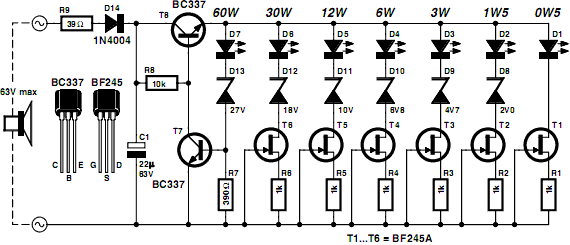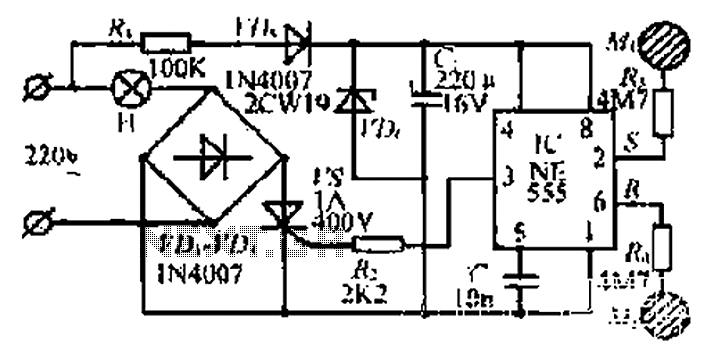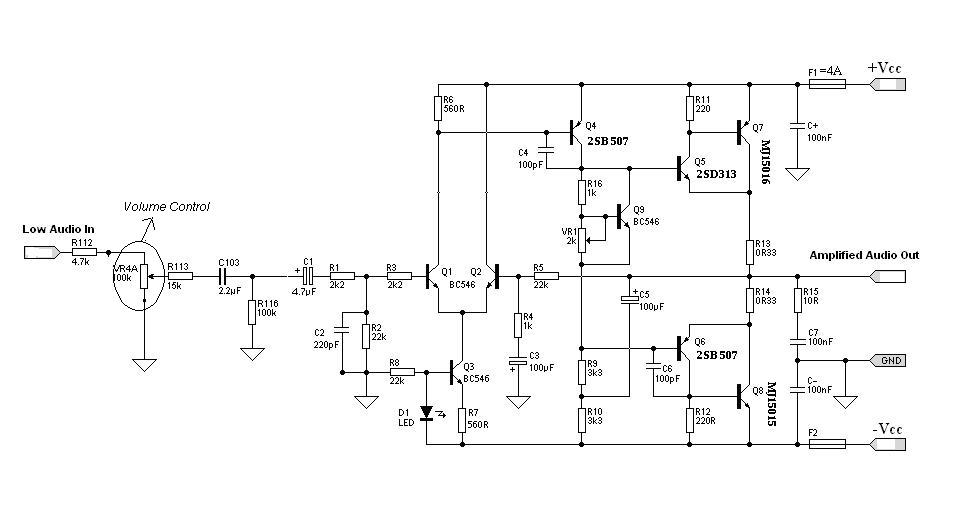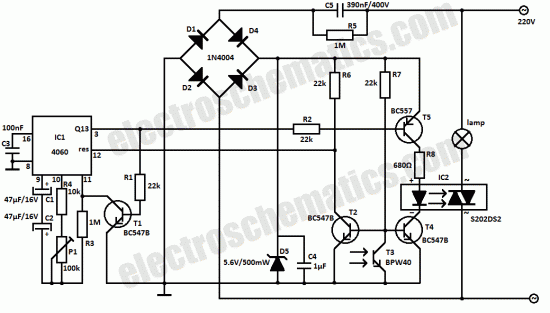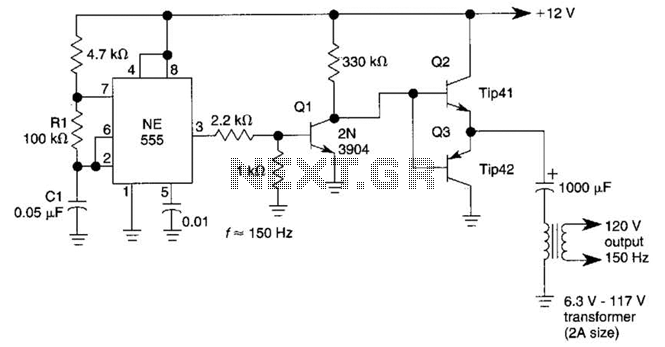
Rhyme M100 merger 10 watt tube amplifier circuit
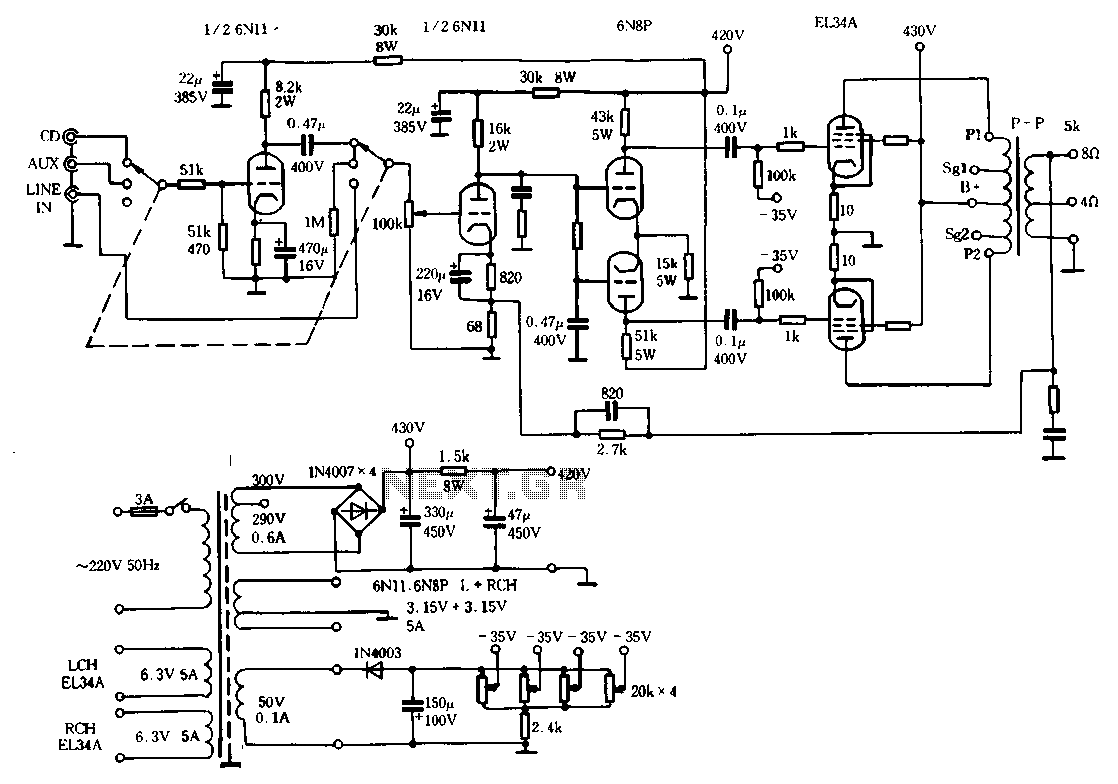
The Ml00 circuit is a typical tube circuit, functioning as a preamplifier. Its input stage utilizes a common cathode amplifier, followed by an inverter stage, culminating in a power amplifier that has been enhanced from a standard connection. This circuit is constructed based on common configurations, with parameters meticulously selected and adjusted according to performance indicators and subjective listening tests. The open-loop characteristics of the Ml00 stage are designed to have a relatively low open-loop gain. The input stage employs a low internal resistance, low noise, high transconductance tube, specifically the 6N11. The open-loop frequency response, distortion, and other performance metrics are optimized, allowing for significant negative feedback to be applied. The large loop negative feedback in the Ml00 circuit is crucial for influencing sound characteristics. The amount of negative feedback is measured at 5.8 dB, with a closed-loop frequency response ranging from 6 Hz to 60 kHz (at -3 dB). The harmonic distortion at 10 W is recorded at 0.15% for frequencies of 1 kHz and 10 kHz. The relatively low level of negative feedback contributes distinct sonic qualities, resulting in clear, flexible sound with rich bass, excellent clarity, and superior transient response, while also providing an honest tonal reproduction.
The Ml00 circuit exemplifies a well-engineered tube amplifier design, where the selection of components and circuit topology are critical for achieving desired audio fidelity. The common cathode amplifier configuration utilized in the input stage allows for a straightforward yet effective means of signal amplification. The choice of the 6N11 tube is significant, as it provides the necessary transconductance and low noise characteristics essential for high-quality audio performance.
The design philosophy behind the Ml00 circuit emphasizes the balance between open-loop gain and feedback. With a relatively low open-loop gain, the circuit can maintain stability and minimize distortion, while the carefully calibrated negative feedback enhances linearity and reduces unwanted harmonic content. The specified feedback level of 5.8 dB is a strategic choice, allowing for a favorable compromise between feedback benefits and potential phase shift issues that can arise at higher feedback levels.
The frequency response of the circuit, extending from 6 Hz to 60 kHz, ensures that it can accurately reproduce a wide range of audio signals, making it suitable for various listening environments. The low harmonic distortion figure of 0.15% at 10 W indicates that the amplifier can deliver clean sound reproduction, preserving the integrity of the original audio signal.
In conclusion, the Ml00 circuit is a sophisticated tube amplifier that leverages traditional design principles while incorporating modern enhancements to meet contemporary audio performance standards. Its thoughtful component selection and circuit design yield a product that is not only technically proficient but also capable of delivering a rich and engaging listening experience.Ml00 circuit from the point of view, it is a typical tube circuit. It's preamp, input-stage amplifier stage are Cape through common cathode amplifier TAIL inverter stage, the last stage power amplifier is the result of improved standard connection. However, that is built on a common circuit, according to indicators and subjective listening test requirements, the circuit parameters carefully chosen carefully adjusted ^ first first is the open-loop characteristics of the machine, Ml00 stage open loop gain design is relatively low, the input stage selected low internal resistance low noise high transconductance tube 6N11, open-loop frequency response, distortion and other indicators are ideal port which means to apply the anti-light large loop negative feed-create the conditions for opening large loop Mloo negative feedback on the sound change tendency has important implications for the large loop 6 Ml00 amount of negative feedback only 5. 8dB, when the impact of the closed loop low 6Hz ~ 60kHz (a 3dB), harmonic distortion 10W when 0.15% (lkHz, lOkHz) and shallow amount of negative feedback will bring some of the features on the sound; clear, flexible, rich bass clear clarity, excellent transient response, while t tenor also more honest reaction
The Ml00 circuit exemplifies a well-engineered tube amplifier design, where the selection of components and circuit topology are critical for achieving desired audio fidelity. The common cathode amplifier configuration utilized in the input stage allows for a straightforward yet effective means of signal amplification. The choice of the 6N11 tube is significant, as it provides the necessary transconductance and low noise characteristics essential for high-quality audio performance.
The design philosophy behind the Ml00 circuit emphasizes the balance between open-loop gain and feedback. With a relatively low open-loop gain, the circuit can maintain stability and minimize distortion, while the carefully calibrated negative feedback enhances linearity and reduces unwanted harmonic content. The specified feedback level of 5.8 dB is a strategic choice, allowing for a favorable compromise between feedback benefits and potential phase shift issues that can arise at higher feedback levels.
The frequency response of the circuit, extending from 6 Hz to 60 kHz, ensures that it can accurately reproduce a wide range of audio signals, making it suitable for various listening environments. The low harmonic distortion figure of 0.15% at 10 W indicates that the amplifier can deliver clean sound reproduction, preserving the integrity of the original audio signal.
In conclusion, the Ml00 circuit is a sophisticated tube amplifier that leverages traditional design principles while incorporating modern enhancements to meet contemporary audio performance standards. Its thoughtful component selection and circuit design yield a product that is not only technically proficient but also capable of delivering a rich and engaging listening experience.Ml00 circuit from the point of view, it is a typical tube circuit. It's preamp, input-stage amplifier stage are Cape through common cathode amplifier TAIL inverter stage, the last stage power amplifier is the result of improved standard connection. However, that is built on a common circuit, according to indicators and subjective listening test requirements, the circuit parameters carefully chosen carefully adjusted ^ first first is the open-loop characteristics of the machine, Ml00 stage open loop gain design is relatively low, the input stage selected low internal resistance low noise high transconductance tube 6N11, open-loop frequency response, distortion and other indicators are ideal port which means to apply the anti-light large loop negative feed-create the conditions for opening large loop Mloo negative feedback on the sound change tendency has important implications for the large loop 6 Ml00 amount of negative feedback only 5. 8dB, when the impact of the closed loop low 6Hz ~ 60kHz (a 3dB), harmonic distortion 10W when 0.15% (lkHz, lOkHz) and shallow amount of negative feedback will bring some of the features on the sound; clear, flexible, rich bass clear clarity, excellent transient response, while t tenor also more honest reaction
